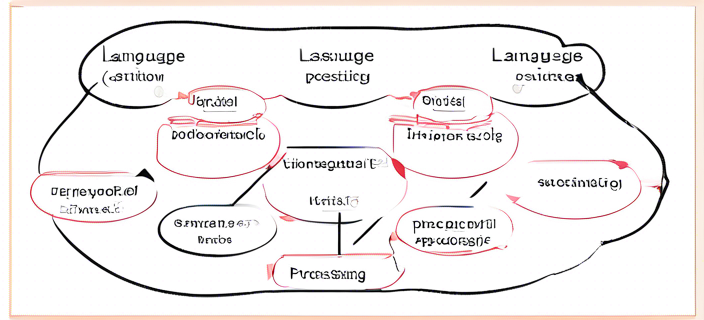Evaluating Large Language Models
Large language models (LLMs) have revolutionized the field of artificial intelligence, pushing the boundaries of machine understanding and text generation. With models now scaling up to billions of parameters, the need for robust evaluation methods has become increasingly apparent. Traditionally, evaluation techniques have focused on measuring the likelihood of correct responses through output probabilities, but recent research suggests a shift towards more nuanced approaches.
 Illustration of a large language model in action
Illustration of a large language model in action
The Limitations of Probability-Based Evaluation
While probability-based evaluation methods have been efficient, they may fall short in capturing the true capabilities of LLMs, especially in real-world applications. These methods, such as label-based and sequence-based predictions, often struggle to assess the creative and context-aware generation of text that LLMs are capable of. This disconnect between the evaluation methods and the actual potential of LLMs has prompted researchers to explore alternative approaches.
Introducing Generation-Based Metrics
Researchers from Mohamed bin Zayed University of Artificial Intelligence and Monash University have proposed a novel methodology centered around generation-based predictions. Unlike traditional methods, this approach evaluates LLMs based on their ability to generate complete and coherent responses to prompts. By shifting the focus to the generation of responses rather than probability scores, this new evaluation framework aims to provide a more realistic assessment of LLM performance in practical scenarios.
Contrasting Approaches
Experimental comparisons between generation-based evaluations and traditional probability-based methods have revealed significant differences in assessing LLM capabilities. While probability-based methods might indicate high efficiency based on scores, generation-based evaluations have uncovered nuances and limitations in the models’ contextual understanding and response coherence. This discrepancy underscores the need for evaluation paradigms that better align with the intended use cases of LLMs.
Implications and Future Directions
The study’s key insights challenge existing evaluation standards and call for a reevaluation of current paradigms to ensure they accurately reflect the true potential and limitations of LLMs. By embracing more nuanced evaluation frameworks, the research community can gain a deeper understanding of LLM capabilities and leverage them more effectively in various applications.
In conclusion, the shift towards generation-based metrics represents a significant step forward in the evaluation of Large Language Models, offering a more comprehensive and practical assessment of their performance. As researchers continue to explore new evaluation methodologies, the future of LLM development looks promising, with a greater emphasis on real-world utility and application-driven assessments.













